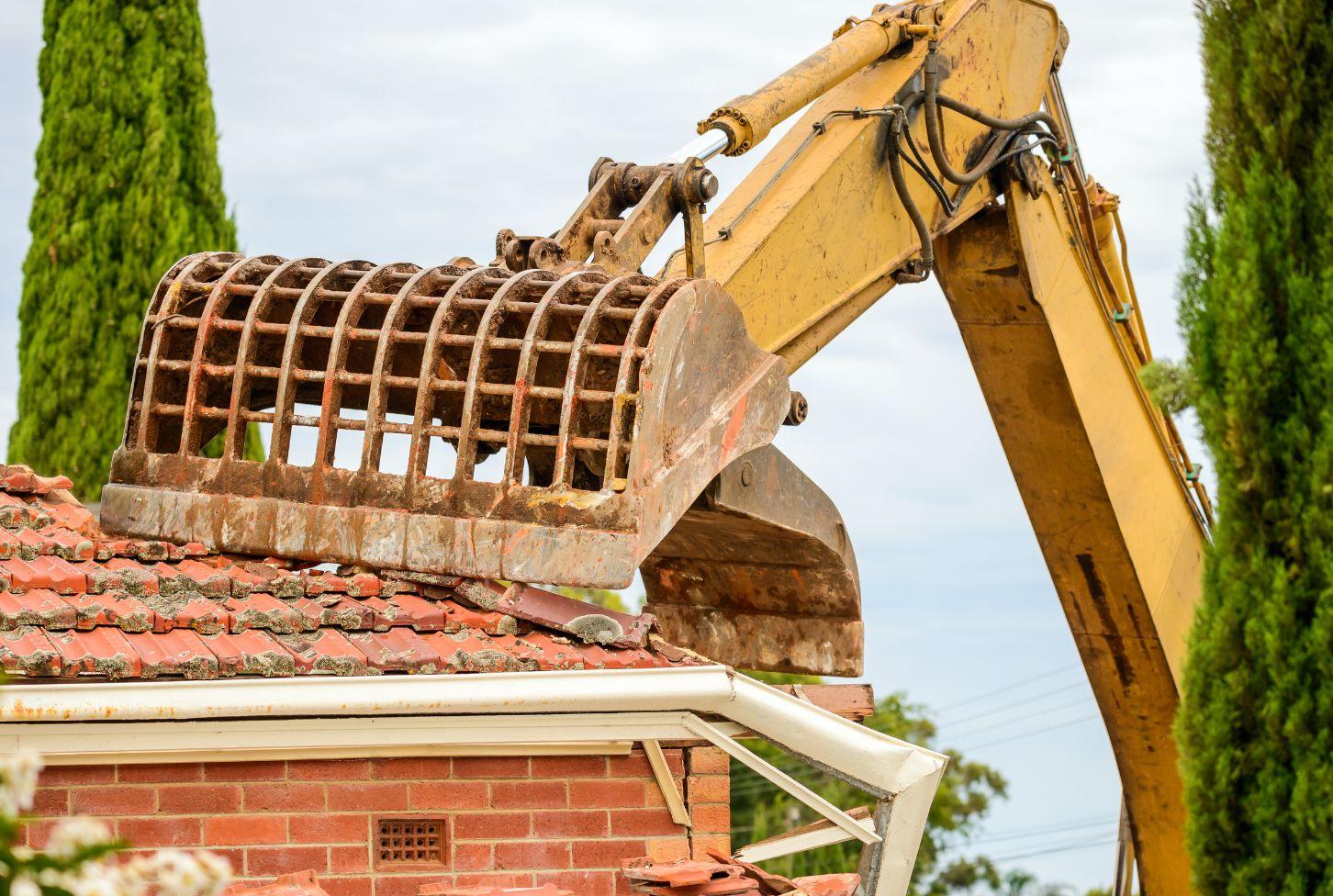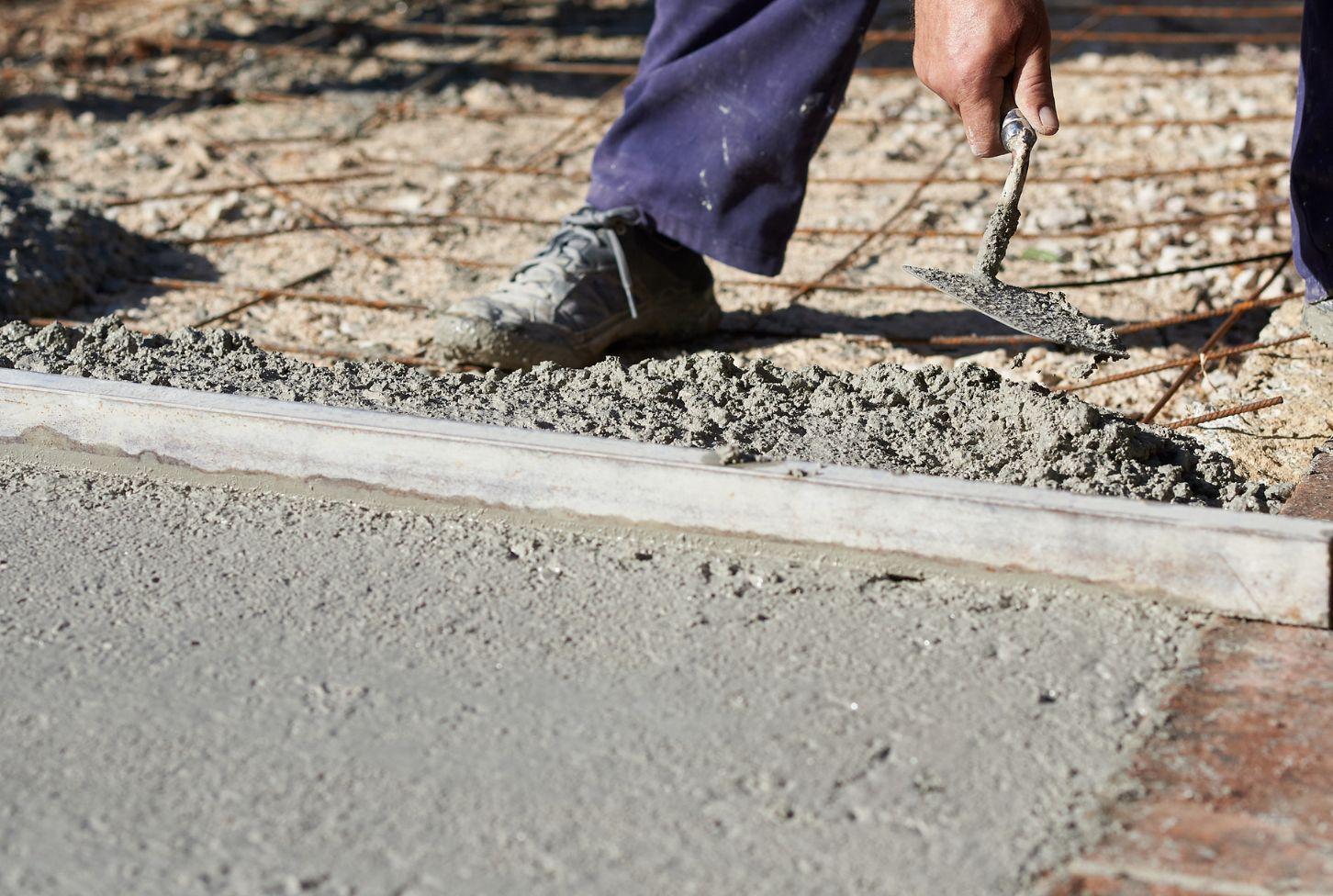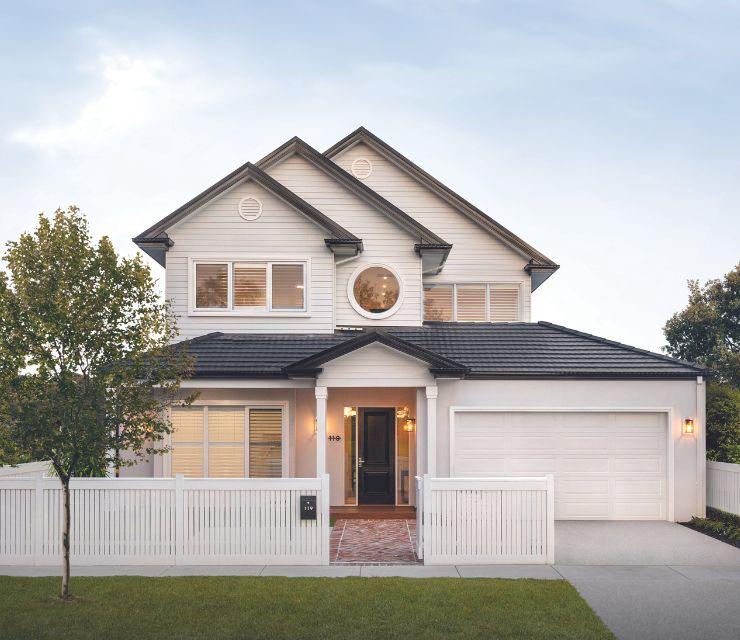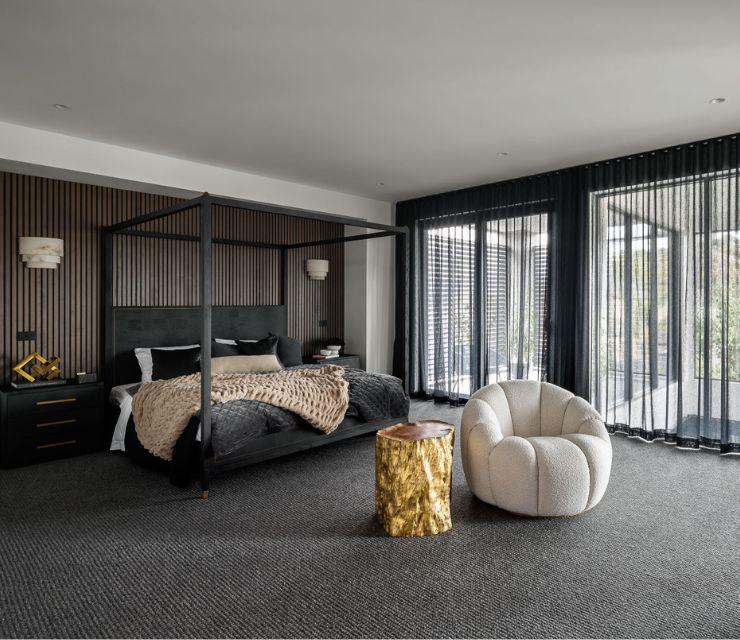1. Asset Protection
Before commencing a knockdown rebuild project, homeowners are required to pay a fee and bond directly to the council for asset protection. This covers any damages that may occur to Council property during the project. After completion, the council will conduct an inspection and refund the bond to the owner. It's essential to refer to your local council's website for detailed information on costs and requirements.
2. Abolishment of Services
To begin the demolition phase, all existing services such as gas meters, overhead electricity cables, and phone lines must be disconnected and removed from the site. Contact your local service providers to obtain detailed information about the costs associated with these services.
3. Traffic Management
In certain cases, the closure of streets to traffic or supervised traffic management may be required during construction. This is particularly common on busy roads or sites located near schools or intersections.
Marque will advise homeowners if traffic control or management is necessary, and costs will vary depending on the site's details and location.
4. Parking Permits
In some locations, parking restrictions may apply during construction. Homeowners may need to apply for temporary parking permits, subject to council approval. Costs for parking permits will vary depending on site details and location.
Marque will provide guidance if parking permits are required.

5. Demolition
The responsibility for arranging the demolition of the existing dwelling lies with the homeowner. It's important to note that a demolition permit is required from the council, and reputable demolition companies typically handle this process on behalf of the homeowner. Ensure that your chosen demolition provider completes all necessary tasks, including removing existing foundations, concrete paths, driveways, trees and shrubs obstructing construction, and all building rubble. Additionally, if the home being demolished contains asbestos, clients must ensure that the demolition company provides an asbestos clearance certificate.
6. Wet Water Tapping
Builders will generally connect to the existing water meter if it's present and in good condition. However, an extra charge may apply if a new water meter and connection point to the mains line outside the building allotment are required. The specific cost cannot be determined until the PIC application and house siting are complete.
Marque will advise homeowners if wet water tapping is necessary.
7. Underground Power Pit
Most power providers require the relocation of existing overhead power lines underground to a central connection pit in front of the property, aligning with current requirements. After the demolition of the dwelling, it becomes the owner will need to arrange an underground power pit with the energy provider before construction commences. Contact your energy wholesale provider to facilitate this arrangement.
8. Pool Protection
If a pool is to be located within three meters of the new home's position, Marque requires the pool to be fully covered and fitted with a temporary pool platform provided by the owner before construction commences. The platform must meet relevant standards and receive Marque's approval. For pools located more than three meters away, compliant pool fencing must be installed and maintained by the owner.

9. Tree Removal
Homeowners are responsible for the cost of removing any trees before construction commences. It is crucial to completely remove tree trunks and root systems to avoid future costs or delays. Ensure the site is clear of any debris or branches from retained trees on-site or neighbouring properties.
10. Protection Works Notices
When building work has the potential to affect adjoining properties, protection work notices must be issued to the adjoining owners. These notices inform neighbours of proposed actions to protect their property during construction. These works may include excavations close to the boundary, building work adjacent to boundary walls, and where there is a risk of building materials or equipment falling across boundaries during construction. The building surveyor will determine if protection work is necessary, and homeowners may be required to assist with seeking their neighbours' consent.
Marque will provide guidance on protection work notices if needed.
11. Council Report and Consent Application
Report and consent applications are required for building designs that do not comply with relevant building regulations. For example, building heights, setbacks, or wall heights. The building surveyor cannot issue a building permit until satisfactory approvals are obtained. Homeowners may need to pay an application fee directly to the council if required.
Marque will advise homeowners if this application is necessary.

12. New Crossover
If a new driveway crossover is required, homeowners will need to organise their subcontractor to complete crossover works after handover, or earlier by mutual agreement. In some cases, a road opening permit may be required.
13. Special Building Overlay
If your building site falls within a special building overlay, the minimum Finished Floor Level (FFL) will be determined by the local water authority. This may require increasing the proposed floor level, potentially adding to the overall cost of the build.
Want to find out more? Book a time with one of our team members to discuss your build project.
Book a Discovery Call
Want to find out more? Book a time with one of our team members to discuss your build project.





